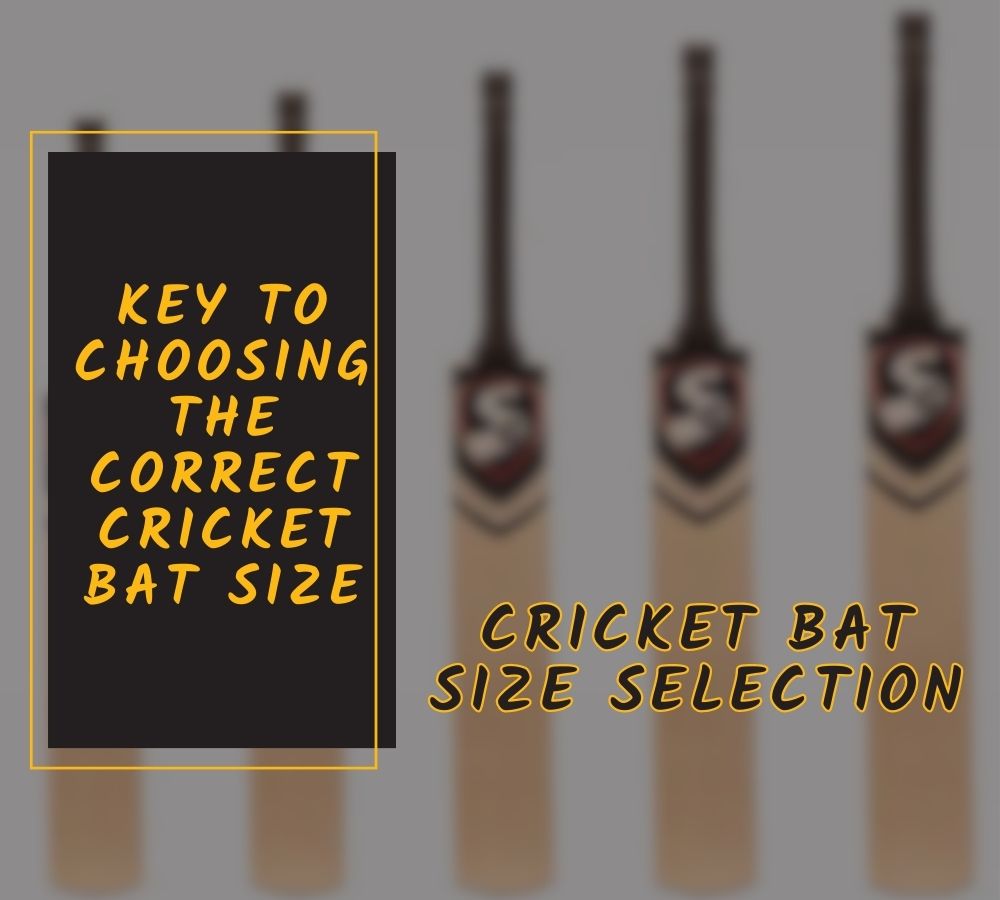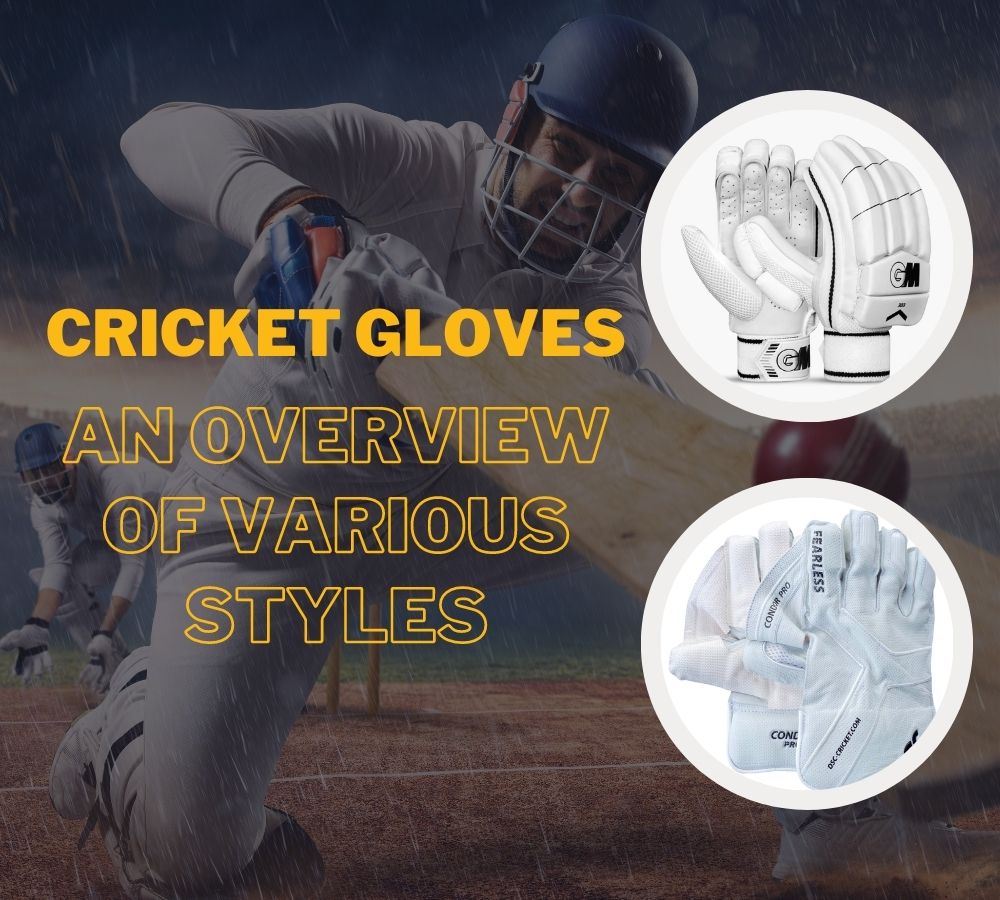The cricket ball holds immense importance in the game of cricket, playing a crucial role in shaping the dynamics and outcomes of matches.
While the casual observer might assume that all cricket balls are similar, seasoned enthusiasts know that various types exist, each possessing unique characteristics that significantly impact the game’s dynamics.
In this article, we embark on an enthralling journey into the world of cricket balls, shedding light on the diverse range of options used in different formats of the game.
So, let us embark on this captivating exploration of cricket’s diverse ball landscape and unravel the mysteries behind each variation.
Different Types of Cricket Balls
There are three versions of balls used in cricket that include – red, white, and pink. You can have a clear overview of these types below for your reference.
1. Red Cricket Ball
The red cricket ball is the traditional ball used in Test cricket, designed to withstand the rigors of the longest format of the game. It is crafted using high-quality red leather, which gives it durability and a distinctive appearance.
The core of the ball consists of a tightly wound cork and string construction, providing it with its characteristic bounce and resilience. The red ball features a prominent seam that runs along its circumference, created by stitching together two halves of the leather covering.
The seam’s raised profile gives bowlers the ability to grip the ball effectively and generate substantial movement in the air and off the pitch.
The seam acts as a crucial factor in the ball’s behavior, enabling bowlers to achieve swing, seam movement, and spin, adding complexity to the contest between bat and ball.
It undergoes a meticulous manufacturing process to ensure uniformity and quality, with stringent regulations governing its specifications, weight (between 5.5 to 5.75 ounces), and circumference (between 8.81 to 9 inches).
The traditional red ball has remained an integral part of Test cricket since its inception, symbolizing the endurance, patience, and strategic battles that define the format.
Historical Significance
The red cricket ball has been the traditional ball used in Test cricket since the inception of the format in the 19th century.
It is closely associated with the longest format of the game, which places a strong emphasis on endurance, skill, and strategic battles between teams. The red ball’s characteristics contribute to the unique challenges and dynamics of Test cricket.
Benefits of Red Cricket Ball
- Durability: The red ball is designed to withstand the wear and tear of the extended match duration, ensuring it remains in play for extended periods.
- Shine Retention: The red ball can retain its shine for longer periods, allowing bowlers to generate greater swing and movement in the air.
- Pronounced Swing, Seam Movement, and Spin: The red ball, with its prominent seam and quality construction, enables bowlers to achieve significant swing, seam movement, and spin, adding excitement and challenges to the game.
Drawbacks of Red Cricket Ball
- Wear and Tear: Over time, the red ball tends to deteriorate due to the impact of rough playing surfaces, friction, and repeated use. This can affect its condition, making it less effective in terms of swing, seam movement, and overall behavior.
- Limited Visibility under Floodlights: The red ball’s visibility under artificial floodlights is relatively poor compared to other colored balls. As a result, it can pose challenges for players and spectators during day-night matches, leading to difficulties in tracking the ball’s movement.
2. White Cricket Ball
The white cricket ball is specifically designed for limited-overs matches, including One Day Internationals (ODIs) and Twenty20 (T20) matches.
It can be made of white leather or synthetic materials, depending on the manufacturer and cricketing regulations.
Historical Significance
The introduction of the white cricket ball was driven by the need to enhance the spectator experience during limited-overs matches.
It revolutionized the shorter formats of the game, allowing for better visibility of the ball under floodlights and during day-night matches.
Benefits of White Cricket Ball
The white cricket ball offers several advantages in limited-overs matches:
- Improved Visibility: The white color of the ball makes it easier to spot and track, especially under floodlights and in low-light conditions.
- Facilitates Stroke Play: The enhanced visibility of the white ball enables batsmen to pick up its trajectory quickly, leading to more aggressive stroke play and thrilling cricketing action.
- Viewer Engagement: The white ball’s visibility benefits the spectators, both in the stadium and watching on television, enhancing their ability to follow the game and increasing overall viewer engagement.
Drawbacks of White Cricket Ball
- Prone to Wear and Discoloration: The white cricket ball tends to wear and discolor more quickly than the red ball due to its exposure to the elements and rough playing surfaces. This can affect its swing, seam movement, and overall behavior as the match progresses.
- Limited Scope for Reverse Swing: Reverse swing, a technique where the ball swings in the opposite direction to conventional swing, is challenging to achieve with the white ball. Its lack of natural wear on the surface makes it less conducive to the conditions required for reverse swing.
Despite the cons, the white cricket ball continues to be the preferred choice for limited-overs cricket, allowing for better visibility and more exciting gameplay in the fast-paced formats of the game.
3. Pink Cricket Ball
The pink cricket ball is crafted using pink-colored leather, maintaining a similar construction to the red ball.
It shares the same core structure, consisting of a cork and string center, and features a prominent seam.
Historical Significance
The pink cricket ball was introduced to address visibility challenges in day-night Test cricket matches.
It has played a significant role in enhancing the spectacle and audience appeal of longer-format matches held under artificial lights.
Benefits of Pink Cricket Ball
- Improved Visibility: The pink color of the ball offers better visibility under floodlights during day-night Test sessions, ensuring that players and spectators can track its movement effectively.
- Retention of Red Ball Characteristics: The pink ball retains the characteristics of the red ball, allowing for swing, seam movement, and spin.
Drawbacks of Pink Cricket Ball
- Limited Usage: Pink balls are primarily used in day-night Test matches and are not commonly employed in other formats of the game.
- Ongoing Experimentation: The pink ball requires ongoing experimentation and refinement to optimize its performance, including considerations such as ball behavior, durability, and visibility.
The pink cricket ball has made a significant impact on day-night Test cricket, addressing the visibility challenges associated with conventional red balls under artificial lights. While it provides improved visibility and retains the essential characteristics of the red ball, its usage remains limited to specific conditions and formats. Continuous research and refinement are necessary to unlock the full potential of the pink ball in day-night Test cricket.
Conclusion
Understanding the nuances of these different cricket balls is essential for players, fans, and the game’s evolution. The choices made in selecting the appropriate ball for different formats and playing conditions shape the dynamics, strategies, and outcomes of matches.
Whether it is the enduring red ball, the vibrant white ball, or the captivating pink ball, each type holds its own place in the vast world of cricket, captivating players and fans alike with its unique characteristics and contributions to the game’s legacy.
We have mentioned a clear overview of each type in this article with its pros and cons. If you still have any queries, write to us in the comment section below.




What’s up, everything is going nicely here and ofcourse every
one is sharing information, that’s truly fine, keep up writing.
You actually make it seem so easy with your presentation but I find this matter to be actually
something that I think I would never understand. It seems too complex and extremely broad for me.
I am looking forward for your next post, I’ll
try to get the hang of it!